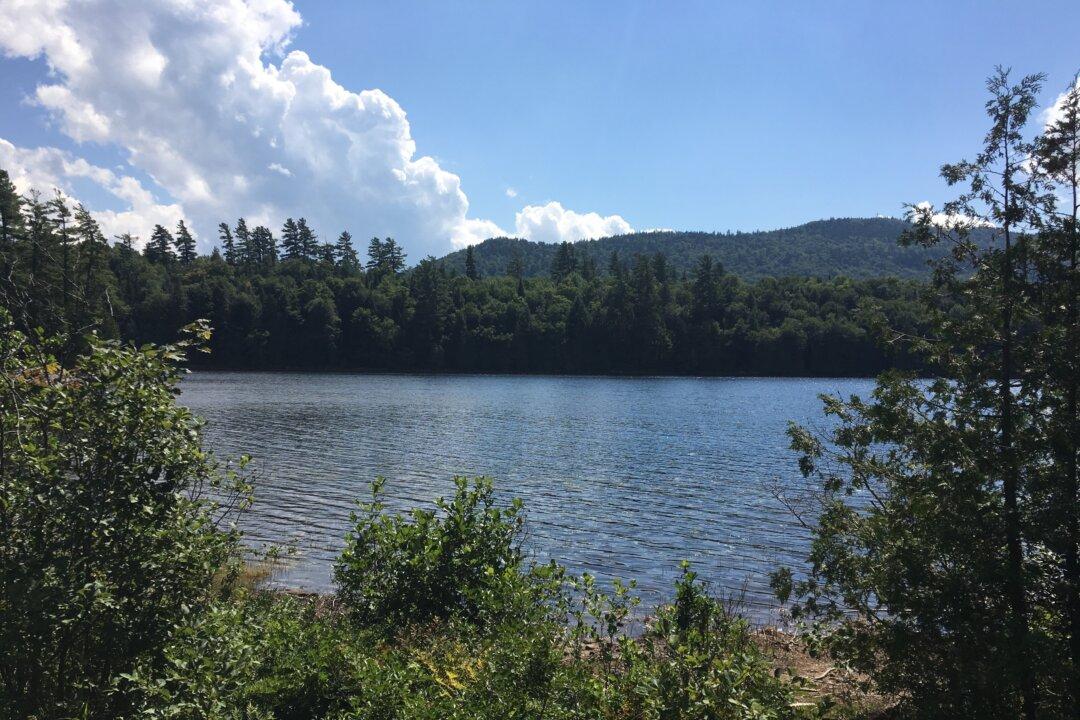An Ontario judge has ruled that indigenous Canadians do not have an inherent treaty right to disrupt fish habitat, with the focus of the decision centred on a contentious clause of the Fisheries Act, according to Blacklock’s Reporter.
“To find the existence of a treaty right is to bestow upon a particular activity the highest form of recognition and protection available in Canadian law,” wrote Justice Peter Wright of the Ontario Provincial Court. “Such a finding ought to be made on an appropriate evidentiary foundation. A treaty right cannot be inferred out of a simple desire for it to be so.”





